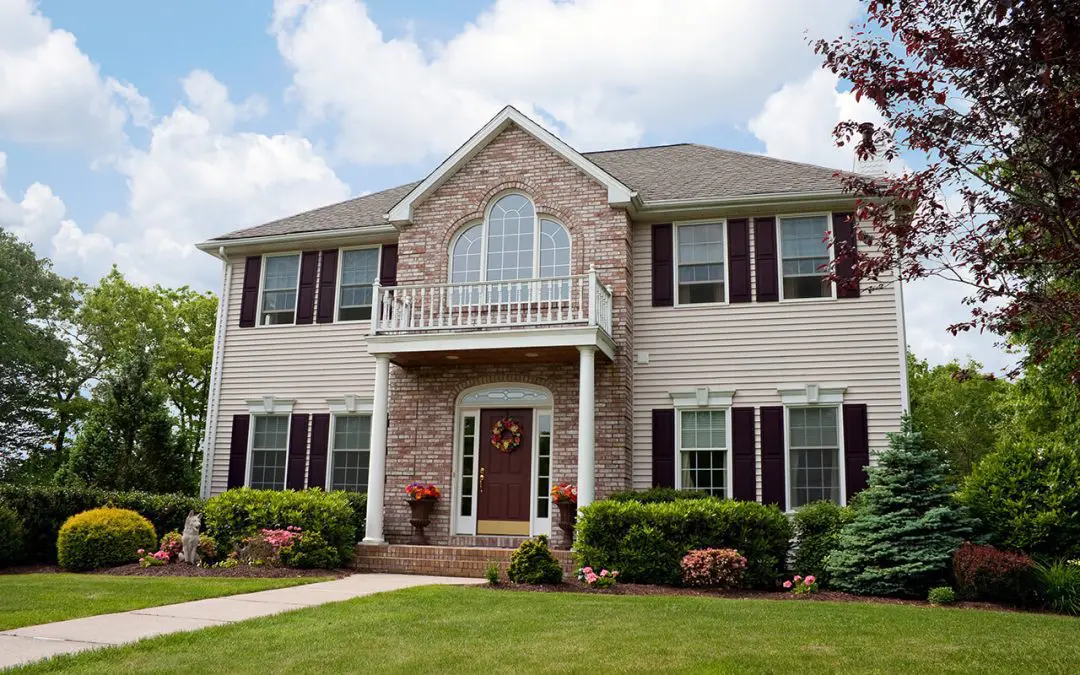As a homeowner, one of the most important improvement decisions you might make is choosing the right type of siding. Siding improves your home’s exterior appearance, provides protection from harsh weather, and boosts curb appeal. Several types of siding materials for your home are available, each with features and advantages.
Common Types of Siding Materials for Your Home
Vinyl Siding
Vinyl is one of the most popular siding materials. This material is low maintenance, durable, and comes in a variety of colors and styles. Vinyl siding can mimic the look of wood, brick, or stone without the cost and maintenance associated with those materials. The insulation properties of vinyl siding boost a home’s energy efficiency. Vinyl may crack on impact, and the color can fade over time. Another drawback of vinyl is that it releases toxins into the environment during production and disposal.
Fiber-Cement Siding Materials
Fiber cement has gained popularity as a siding material in recent years. This material is made from cement, sand, and wood pulp. Fiber-cement siding materials can mimic the look of wood without the price tag and upkeep that comes with wood siding. Fiber-cement siding is also resistant to harsh conditions, including weather, fire, moisture, and termites.
Wood Siding Materials for Your Home
Wood siding is a classic material that has been used for centuries. Wood has a unique look and charm that gives homes a warm and welcoming feeling. Wood siding is versatile and comes in many styles, including shingles, clapboard, and board and batten. One of the drawbacks of wood is it requires frequent maintenance, such as painting and staining, to protect against termites and rot.
Brick Veneer
Brick has been around for centuries and is a popular material for homeowners because it is durable and can last for years. Brick veneer is a layer of brick on the outside of the home that offers no structural support. Brick provides excellent insulation, improving your home’s energy efficiency. However, brick siding materials are susceptible to moisture damage and can be expensive to install and maintain.
Choosing a siding material is a significant decision. Learning about your options helps you make an informed decision to suit your property and your budget. No matter which material you choose, regular maintenance is essential to extend the life of the siding and protect the home.
FAQs
Can I paint or change the color of my existing vinyl siding?
Painting vinyl siding is possible but requires specific paint and preparation. Not all vinyl siding can be painted. Check the manufacturer’s guidelines.
Are there sustainable options for fiber-cement siding?
Some manufacturers offer fiber-cement siding with sustainable and eco-friendly materials. Look for brands that incorporate recycled content or use responsible sourcing of raw materials.
Can I install wood siding in areas with high humidity?
Wood siding can be installed in humid areas but requires extra precautions. Proper sealing and regular maintenance are necessary to prevent issues like rot and mold. Consider using hardwoods or treated wood that are more moisture-resistant and maintain adequate ventilation to reduce humidity-related problems.
What are some alternatives to traditional brick veneer?
If you want the aesthetic appeal of brick without the cost, consider alternatives like cultured stone or manufactured veneer. These options can offer a similar look while being more budget-friendly. They also have advantages in terms of weight and installation flexibility.
How can I enhance the insulation properties of wood siding?
To improve the insulation of wood siding, add a layer of rigid foam insulation beneath the siding to regulate temperature and boost energy efficiency. Using engineered wood products designed for better insulation will contribute to a more energy-efficient home.
AAA Professional Home Inspectors offers home inspections in Kentucky and Southern Indiana. Contact us to schedule an appointment for our services.

